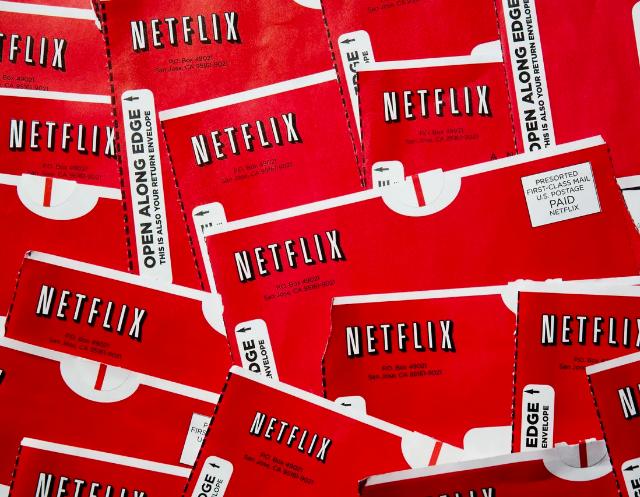Reed Hastings says he wants to take home video into the future, but he actually seems determined to take home video back to the 1980’s and 90’s, when there was LaserDisc for the enthusiasts like me, and VHS for everybody else. Except now it’s DVD/Blu-ray and online video.
I keep waiting for something that explains the method behind Reed Hastings’ recent madness, and the announcement that Netflix will carry Dreamworks movies that HBO doesn’t want anyway, and not for another eighteen months, isn’t it. How the heck does Reed Hastings think his tactics will serve his strategy of getting customers to stay loyal to him, but without DVD?
Last week, Hastings said that he had “slid into arrogance based upon past success.” He then promptly proceeded to display even more arrogance by announcing a split and re-branding of the DVD side of the business that is truly annoying to his customers, adding insult to injury by calling it the lame and ironic name “Qwikster.”
Obviously, Hastings is Hell-bent on dumping DVD. Maybe it’s the vision thing that’s blinding him, or perhaps he was driven mad by the cost of red envelopes, postage, warehouses, and labor, versus delivering a movie over the Internet for a nickel. But in the process of creating separate balance sheets for physical vs. virtual video, Netflix stock has lost half its value, so what has Hastings saved?
As I have said before, I became a Netflix subscriber way back in January, 2004…

… and for a long time I had the 4-disc plan for $22/month. I was as big a booster of Reed Hastings as any amateur blogger, but I feel that we are all now, as customers, seeing the other side of the man. The side that movie studios and the California Board of Education saw long ago.
I love the idea of streaming video. I couldn’t wait to give Netflix Instant Watching, as it was originally called, a try as soon as I could, in February, 2007. Two years later I bought the first of my two Roku players, so I’m all for a future of online video — but not exclusively, not yet.
Ignoring the lack of title selection compared to DVD’s, due to legal/business reasons, streaming as it exists today has technical and feature limitations compared to discs. There continue to be no extras online, so it’s like a return to the days of VHS, when you could only play, pause, scan, and stop, but without the inconvenience of rewinding the tape. I realize that commentary tracks and “making of” videos aren’t usually worthy of more than a single playing, but to eliminate them completely is a step backwards. Second, for the Japanese Toho studio movies and the anime that my son watches, the few titles that are offered on Netflix Watch Instantly are dubbed. Eric insists on the original Japanese dialogue with subtitles, and I doubt Red Box kiosks carry these titles. Finally, although the picture quality can be quite good with streaming video, streaming 1.5 Mbps SD can’t compare to DVD MPEG-2 at up to 10 Mbps, and 3.0 Mbps HD is no match for Blu-ray with MPEG-4 or VC-1 at 35 Mbps, especially when shown on a video projector screen.
What this adds up to is a large number of streaming video customers who are perfectly happy watching mainstream movies and TV shows on a 42-inch flat panel TV, assuming their Internet service is good and there isn’t a too-restrictive service cap. (I’m spoiled, because I’m on Verizon FiOS.) The home theater enthusiasts who want the best quality and the extra features that first appeared with LaserDiscs, are headed back to being like we were in the LD years, buying discs. Having spent way too much money on the LD format, I’m not interested in building another movie library.
The porch Roku is play a Tekzilla installment as I type this. Netflix is a Tekzilla sponsor, and host Patrick Norton, who’s usually up-front and fearless in his outrage, is soft-peddling the increase in price and loss of service. Everybody would like to fall in love with Netflix again, but right now I’m looking at Amazon Instant Video, wishing it had a queue feature. If Reed Hastings has been talking to Jeff Bezos about a possible sale to Amazon, or if he’s even been thinking of it, he’s certainly made Netflix a lot more affordable for acquisition.


